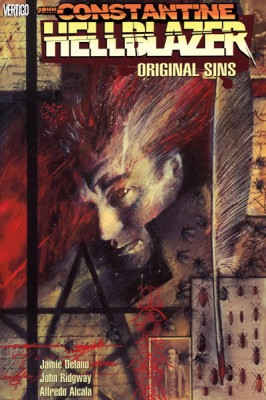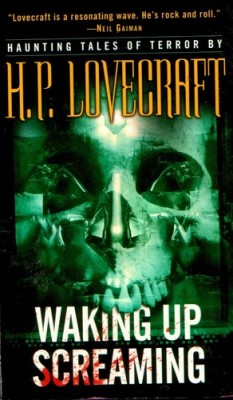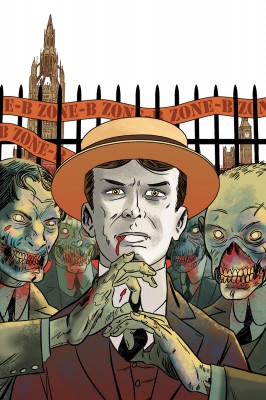I went on a mini-binge of podcasts and radio shows this past spring while finishing up some bookbinding projects; here are readings of three dark tales that I particularly enjoyed back then.
—–
Ira Sher, “The Man in the Well” (1996)
Listen online: Act 2 of This American Life episode The Cruelty of Children
Wells again, this time as a metaphor for the infinitely strange distance from which children can regard adult suffering. Perfectly chilling, and a perfectly paced reading.
In a “Lottery”ish turn, the original broadcast did not explicitly state that the story was fiction, leading to outraged calls from lo, many listeners.
—–
Clark Ashton Smith, “The Ninth Skeleton” (1928)..
Listen online: Pseudopod #331. (Or read online here.)
Smith is one of the big old Weird Talers whose work I’m less familiar with; this story puts some satisfyingly weird shit on display – a suggestive phantasmagoria whose horror conflates motherhood and femininity with corruption and death (for men). God forbid! The repeated description of the lissomely prancing lady-skeletons is just so ridiculous, and so sinister.
Vis-a-vis the lady-horror, I felt a bit of resonance with Nathaniel Hawthorne’s “Young Goodman Brown,” i.e.,
“…and, by the blaze of the hell-kindled torches, the wretched man beheld his Faith, and the wife her husband, trembling before that unhallowed altar.”
—–
Christine Brooke-Rose, “Red Rubber Gloves” (1966).
Listen online: Pseudopod #329
This is almost physically painful to listen to, both because of how mentally demanding it is to focus on the repetitive narrative form, and because of how much tighter and tighter and tighter the suspense is drawn via the winch of that repetition. The sterility of the images grows increasingly alien, glaring, and menacing; likewise the voice of the narrator – one woman* in confinement watching another – seems, increasingly, not unhinged, but simply dissociated from reality, moving with inhuman detachment amid an assemblage of flat, hot, arid shapes. When the horror finally breaks, its volume seems insignificant in comparison to the cumulative effect of all the seeming nothing that has come before.
* I just realized that I assumed that the in-story narrator is a woman because Pseudopod’s narrator is; I can’t remember whether there were any explicit cues in the story as to the narrator’s gender, but I suspect that the narrator’s implicit identification with the observed housewife, and the parallels with “The Yellow Wallpaper,” would have had me guessing female anyway.


